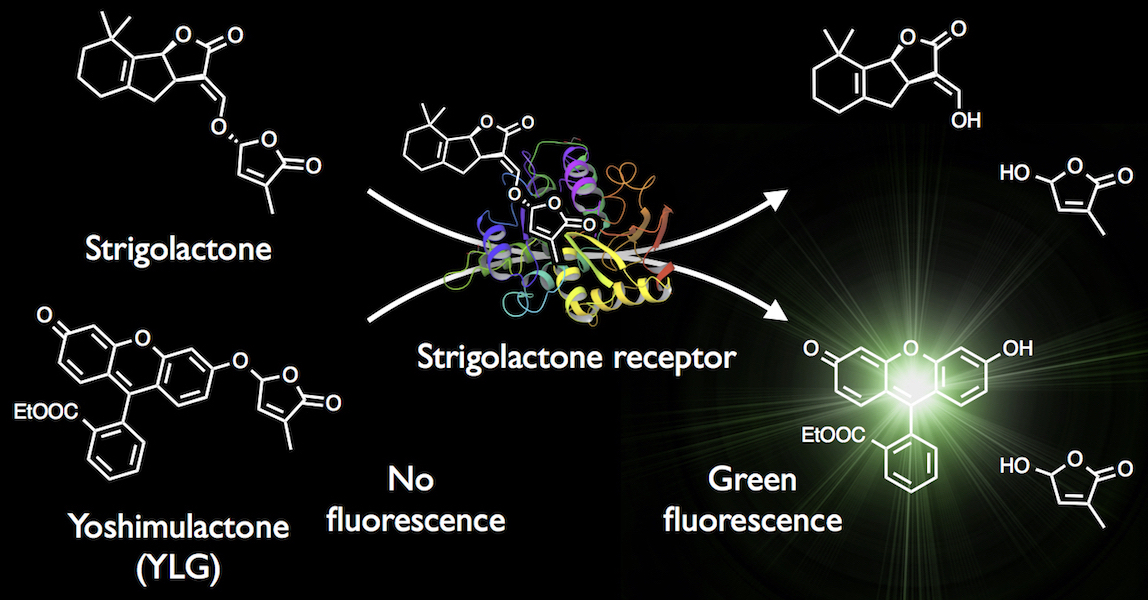“Synthesis of a Möbius carbon nanobelt”
Yasutomo Segawa, Tsugunori Watanabe, Kotono Yamanoue, Motonobu Kuwayama, Kosuke Watanabe, Jenny Pirillo, Yuh Hijikata, Kenichiro Itami
Nature Synth.2022, DOI: 10.1038/s44160-022-00075-8.

(図作成:名古屋大学ITbM高橋一誠)
ナノメートルサイズの繰り返し構造をもつ炭素物質「ナノカーボン」を、原子レベルで精密に合成する方法が材料科学において求められています。その重要な一歩として、有機合成化学の手法を用いて、ナノカーボンの部分構造となる分子を合成する「分子ナノカーボン科学」が近年盛んに研究されています。しかし、これまでに合成された分子ナノカーボンは、リング状やベルト状といった幾何学的に単純な構造でした。理論化学的に予測されている複雑な幾何学構造をもつ未踏のナノカーボンを合成するには、より複雑で幾何学的な特徴をもった分子ナノカーボンを合成する新しい手法の開発が必要です。
本研究は、メビウスの輪の形状をもつ分子ナノカーボン「メビウスカーボンナノベルト」を合成することに成功しました。ベルト状の分子ナノカーボン「カーボンナノベルト」に、更にひねりが加わった構造に由来する大きなひずみを定量的に解析し、合理的な戦略に基づいて有機合成化学的に合成を行いました。合成したメビウスカーボンナノベルトを分析することにより、メビウスの輪がもつトポロジーに由来する特異な動的挙動や光学特性をもつことが明らかになりました。


 日本語
日本語





























